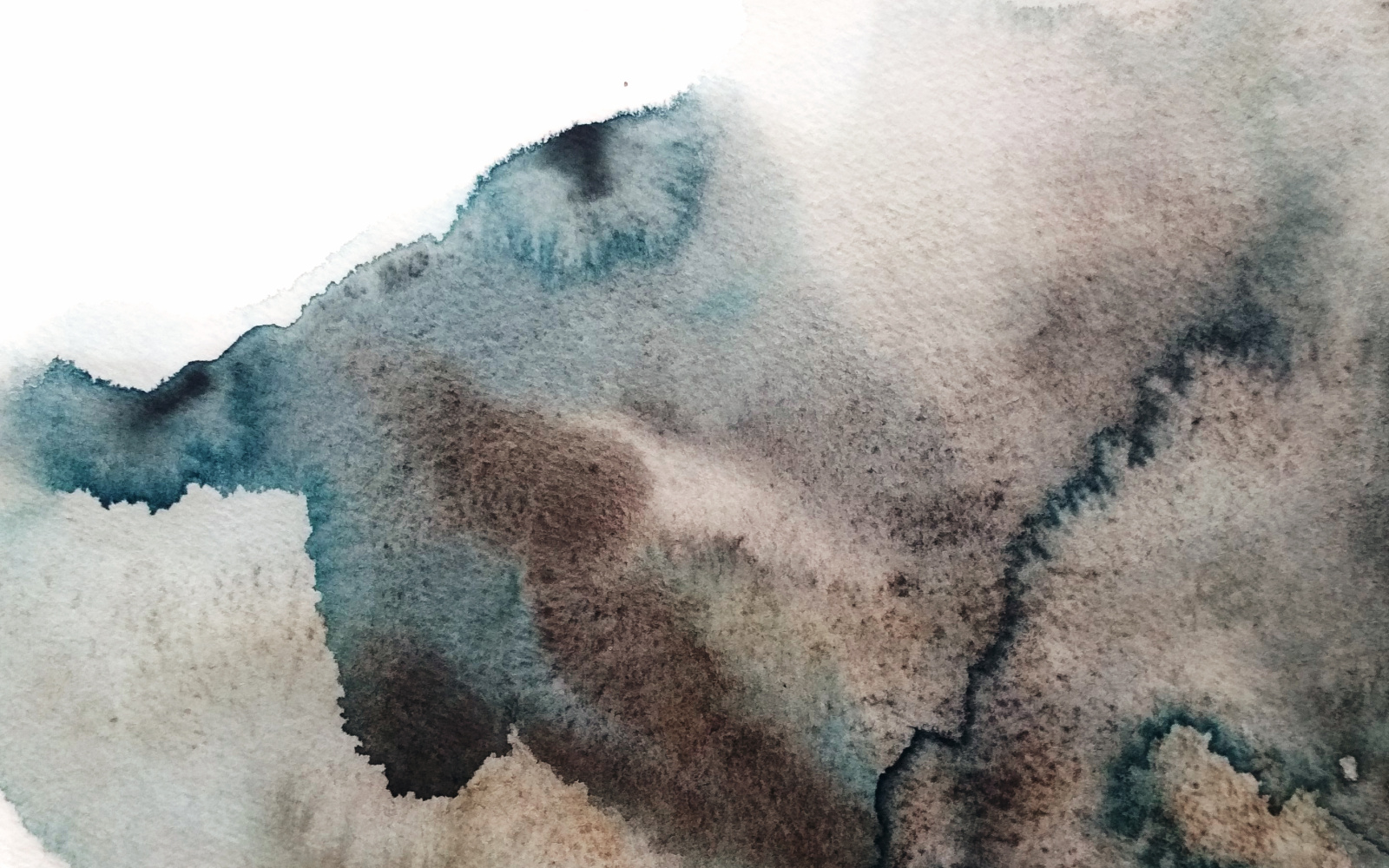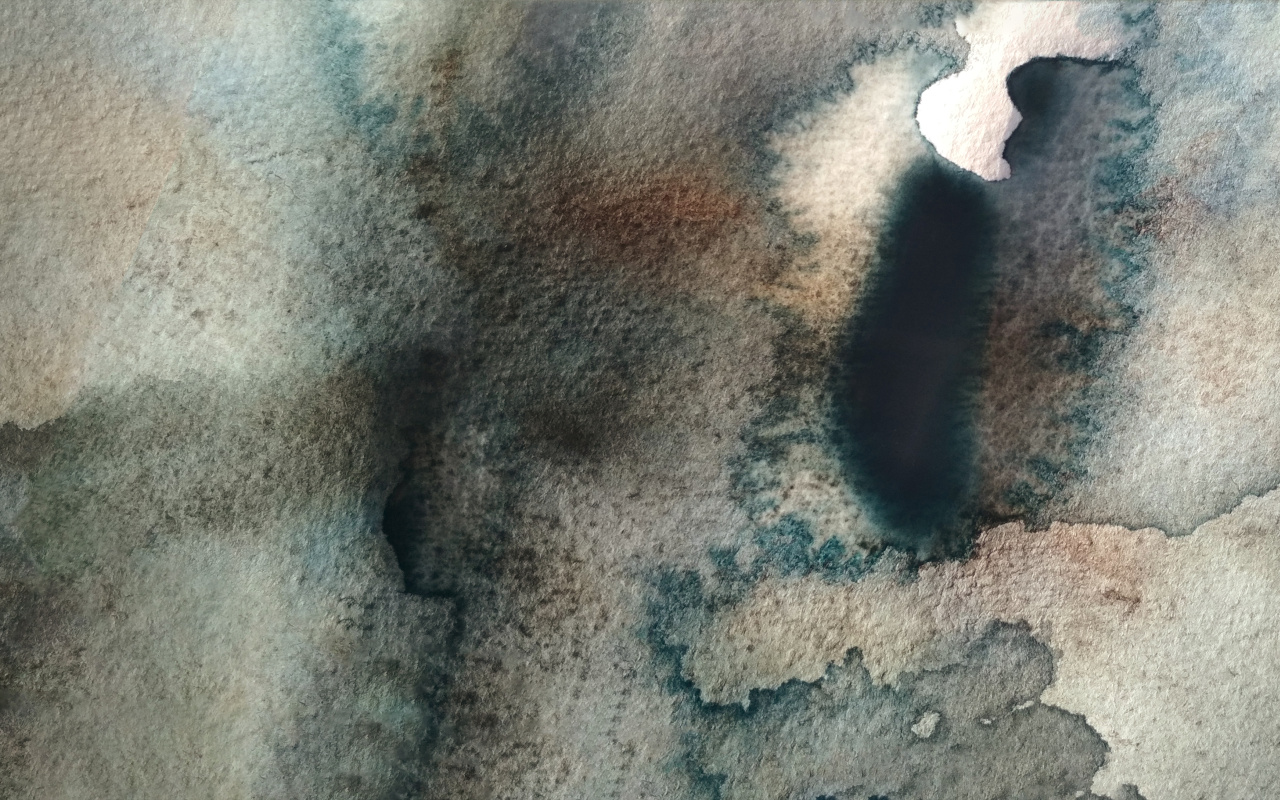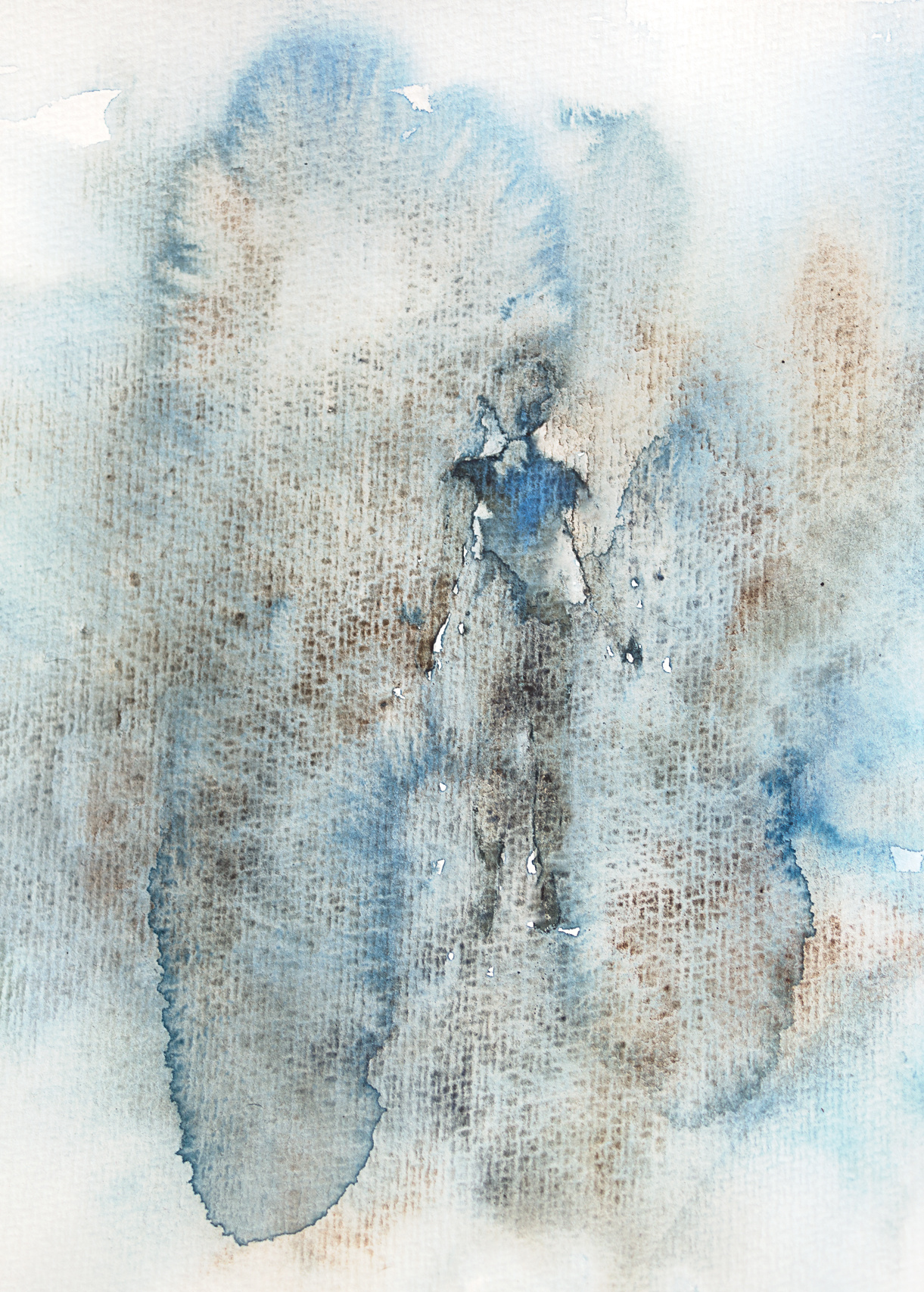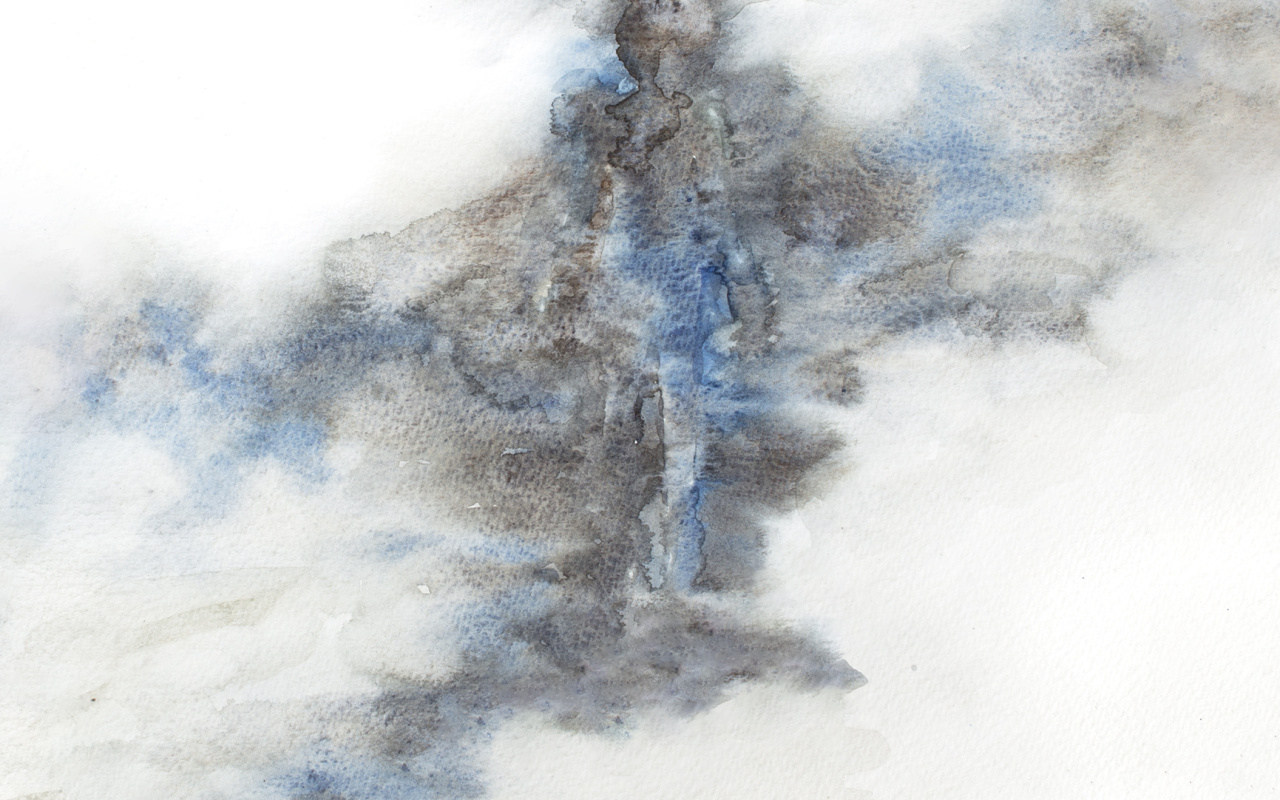Fuzzy relations: depicting holobiont
A contribution by Olga Lukyanova
Lynn Margulis and Ricardo Guerrero
»In the arithmetic of life, One is always Many. Many often make one, and one, when looked at more closely, can be seen to be composed of many«
Millions of life forms, invisible to the naked eye, are woven into everything and everyone around us. One, be it a plant, an animal, or a fungus, any complex organism as such, is never exactly one. Its apparent autonomy is an abstraction. One is entangled in myriads of symbiotic networks composed by interactions between itself – the host – and resident microorganisms, which form extraordinarily elaborate communities living in and on it. Such assemblages, in which it is not always clear where one ends and another begins, are called holobionts.
The relations of a host and its associated microbes are complex. Some of them are of significant benefit, even forming life-sustaining dependencies: think of corals, which cannot survive without their bacterial partners. Others may be parasitic or life-threatening. And others still can shift from one category to another if circumstances change: what used to be supportive may suddenly become dangerous, or vice versa. The relationships between the entities that make up the whole are developing dynamically over their lifetime depending on the environmental, dietary, and other factors. Being essentially ecosystems in themselves, holobionts are anything but static.
Over the past several decades, scientists have been investing a lot of effort into studying intricate interactions happening within the various host-microbial assemblages. Today, we possess a great deal of knowledge about how reciprocal symbiotic influences can shape such fundamental processes as digestion, metabolism, maturation, operation of the immune system, even brain function.
Despite a growing understanding, it is not easy to portray the essence of the holobiontic ‘figure’, neither through language nor visually. Its symbiotic couplings and ever-unfolding interactions between the species disrespect boundaries and elude fixation. It is especially true when it comes to kinds of species like our own, human kind. Here the difference in size makes the microscopic world disappear next to a much larger host body that would seem to the naked eye to be perfectly bounded, solid and singular. This prevents us from recognising that we are assemblages too, an idea that challenges our very perception of ourselves.
In my search for an evocative, resonant visual approximation to the richness of this multispecies assembly brought me to experiment with the technique of wet-on-wet watercolour drawing. The nature of this technique turned out to resemble in some ways uncertain movements and processes along the microbes-host axis. Like colours, different organisms drift and mix in a fluid milieu, overlapping and merging. It is these interactions – rather than individual colour identities – which form patterns and images.
The approach is fairly opportunistic. The painter initiates but does not fully direct it, following the flow of paint and catching chances to steer it towards a desired shape. The boundaries appear and disappear, the colours dilute or reinforce each other. The figure slowly emerges under external and internal forces and can only be controlled to a limited extent before it freezes.
In reality though, there is no biological counterpart of the moment when the picture becomes fixed as it dries. The final watercolour image can rather be compared to a snapshot that artificially suspends a scene. Beyond it, the colours keep flowing.
Author’s note: Parts of this essay were first published in Bruno Latour, and Peter Weibel, eds. »Critical Zones: Observatories for Earthly Politics«. MIT Press, 2020.



